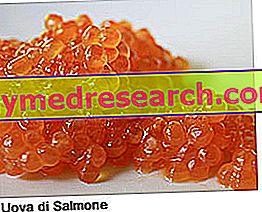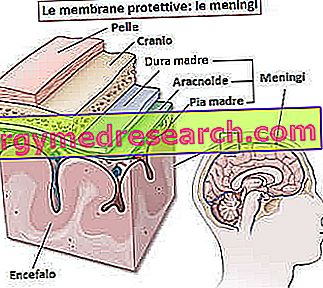Related articles: Achilles tendon inflammation
Definition
The inflammation of the Achilles tendon is a disorder that affects the fibrous and elastic structure located near the connection between the triceps sura muscle (formed by the gastrocnemius and soleus muscles) and the calcaneal bone.
In most cases, the inflammatory process develops after repeated microtraumas and degenerative alterations that, over the years, end up damaging the fibers that make up the Achilles tendon.
Important traumatic injuries (such as sudden stretching) and postural defects can also contribute to inflammation.
This tendonitis is very frequent among the athletes who run: during this sport, in fact, the Achilles tendon contributes to the step of lifting the step, transmitting to the bone the force exerted by the muscles and allowing the movement.
Initially, the repeated efforts during the run, combined with an insufficient recovery time can cause inflammation of the paratenonium (areolar adipose tissue that surrounds the tendon), followed by that of the tendon.
The risk of inflammation of the Achilles tendon may increase in the presence of systemic diseases, including rheumatoid arthritis, gout, hypercholesterolemia and diabetes. Some quinolone antibiotics and repeated corticosteroid infiltrations may also increase the risk of tendinopathy and tendon rupture.
Most common symptoms and signs *
- Swollen ankles
- Heel pain
- Articolar pains
- Erythema
- Joint swelling
- weakness
- Nodule
- Joint stiffness
- Articular noises
Further indications
The main symptom of inflammation of the Achilles tendon is pain located in the posterior region of the calcaneus; this sensation increases or appears making a movement that involves the use of the part affected by the inflammatory process. Pain is also perceived by pressing on the area and is associated with a significant decrease in muscle strength.

The involvement of tendon sheaths can cause swelling, heat to the touch and, rarely, redness of the overlying skin.
As you continue exercising, the pain may ease, but it may reappear at the end of the exercise. In any case, the movement is not a good solution: the inflamed Achilles tendon, if subjected to stress, can undergo complete or partial rupture.
The inflammation of the Achilles tendon is diagnosed through the clinical examination of the patient, possibly supported by diagnostic imaging (radiographs, ultrasound, nuclear magnetic resonance, etc.).
Treatment of Achilles tendinitis includes rest, use of ice on the affected area and intake of anti-inflammatory drugs.
In addition, cortisone infiltration and physiotherapy may be indicated. Complete ruptures of the Achilles tendon require surgical repair instead.



